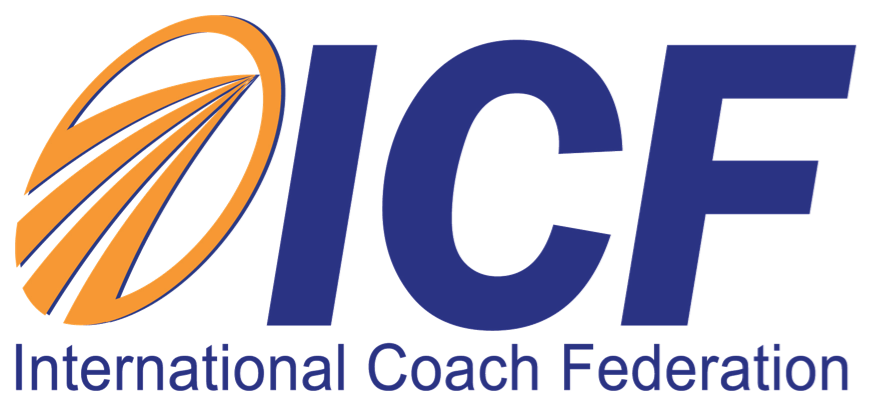The biggest budgeting mistake small businesses make is the act of actually making a budget in the first place.
The most intelligent and effective way to manage your company is to create a forecast instead. But what’s the difference between a budget and a forecast? A budget looks backwards, using past performance to try and model the future. It often uses static information that doesn’t change as time progresses. You could be under budget but still be making poor decisions.
Let’s say for example your budget for capital expenditures (equipment, big purchases) is $12,000 but your sales are trending down. If you only rely on the numbers your budget tells you, you will be well under budget for this category, but still in the negative. The reason forecasting is important is that a forecast uses past information as well as current conditions.
The biggest difference between budgets and forecasts is that a forecast requires updates. It’s not a once a year exercise. It doesn’t matter what you did last year or last month. What matters is what you’re going to do going forward. Sure the past can be an indicator of what you could expect, but things change so fast that if you rely solely on past information you’re likely to be left with unreliable and inaccurate information. If you aren’t in the habit of changing and reviewing it often, you might follow your budget right to the brink of disaster.
Studies by both the NFL and groups competing to host the Super Bowl predict that the event can typically bring in at least $300 million for the host city. For instance, when Houston hosted Super Bowl XXXVIII in 2004, a committee formed to generate support for the bid estimated that it would generate more than $330 million in revenue.
Independent analysts have disputed such numbers. After the game, Houston controller’s office found that it resulted in only $129 million in direct spending in the two-week period around the bowl. “On average, the Super Bowl could not have contributed by any reasonable standard of statistical significance, more than $300 million to host economies” according to statisctical research conducted by Baade and Matheson in 2002.
In the last decade, although host cities have brought in more, the economic impact of hosting has still fallen shorter than the $300 million in revenue. Case in point, Indianapolis, which hosted the 2011 Super Bowl, was estimated to have seen a roughly $150 million increase in economic activity. According to the 2012 study by PriceWaterHouse Coopers, the expected revenue generated still is not going significantly above and beyond the $200 million realized.
The seemingly more optimistic estimates of Super Bowl-related economic activity and the actual amount spent is because of the different financial assumptions used in making budgeting plans. Typically, these projections include the amount of economic activity that would take place in a city in an ordinary week when the game isn’t in town. It also usually includes money made by large hotel and restaurant chains. While this type of budgeting does increase local tax revenues, the reality is that most of the money made, doesn’t stay in the community but rather goes to the business’ corporate owner.
Notably, budgeting plans of the Super Bowl’s economic benefits also tend to omit the costs associated with preparing for the Super Bowl. For instance, Indianapolis spent $12 million to add a pedestrian mall in a three-block area near Lucas Oil Stadium, which was used as the Super Bowl village during the 2011 games.
So forecast, don’t budget. Whether a start-up or an established company if you don’t properly forecast for your cash needs, you will miss out on sales opportunities and panic as you scramble to come up with cash. One of the best tools I’ve seen is the Cash Flow Calculator found on bplans.com.
Super Bowl XLVII: Baltimore vs. San Francisco






